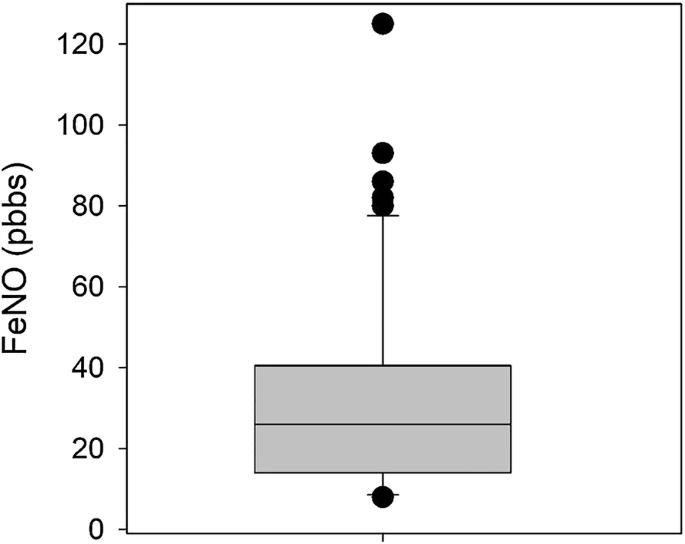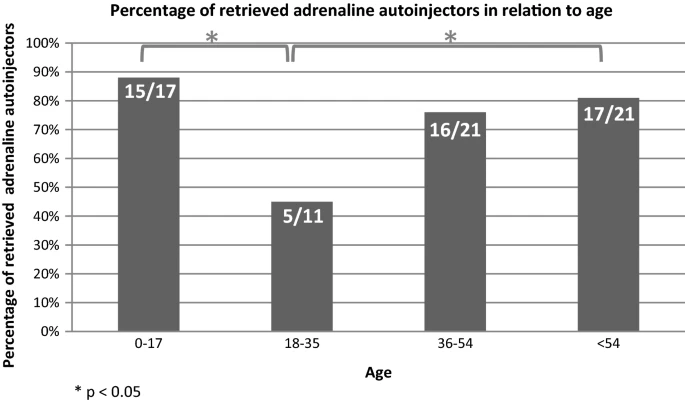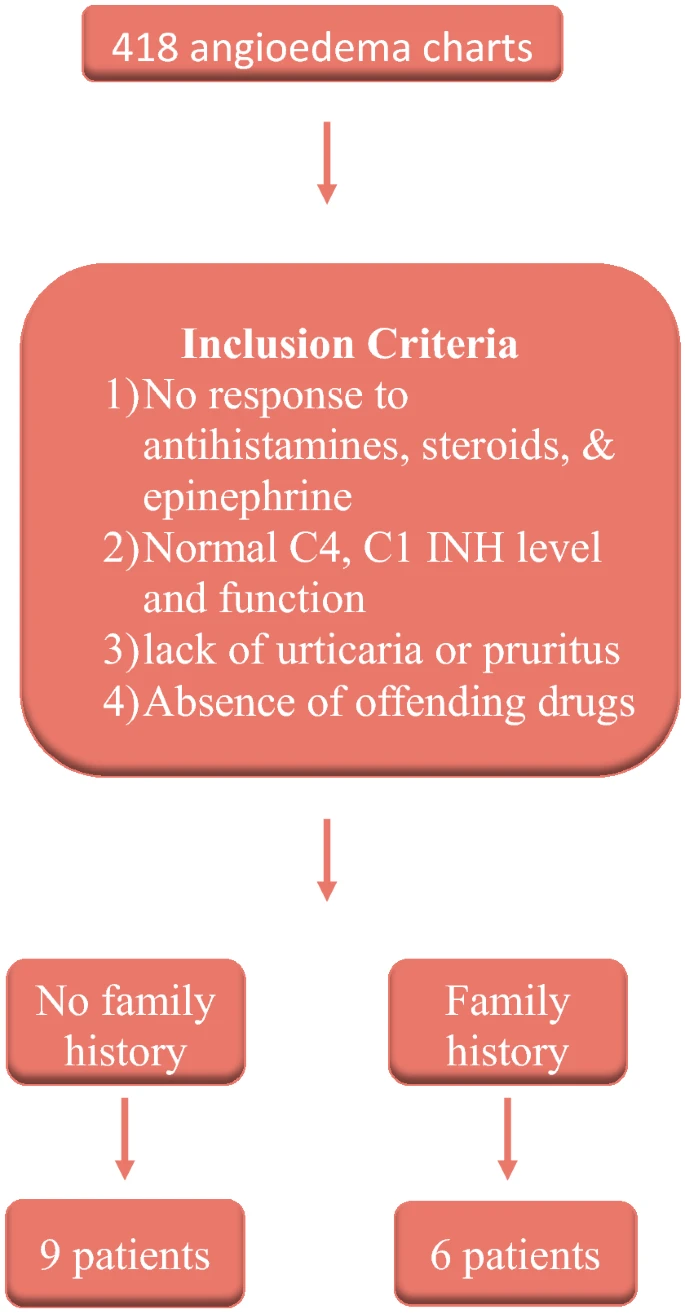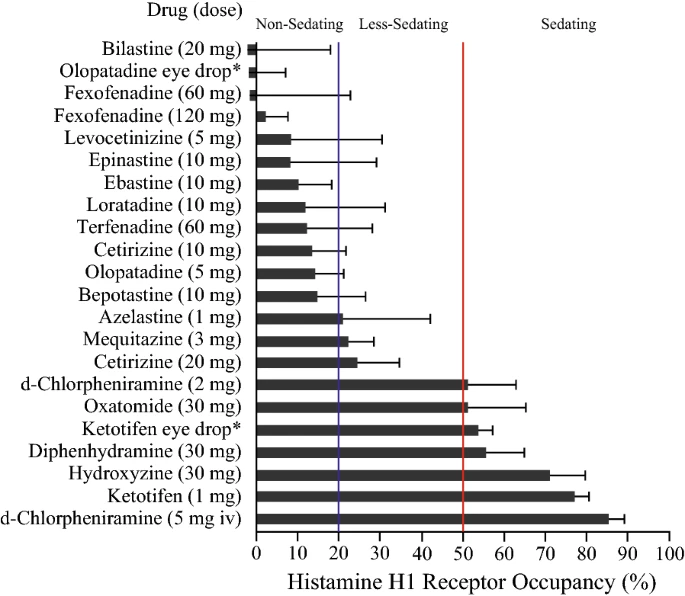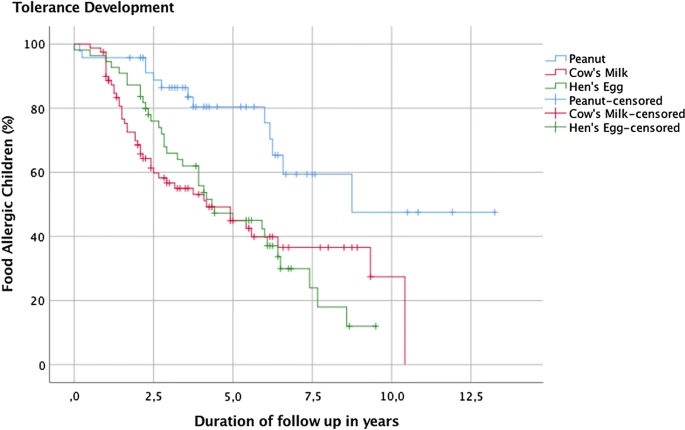- Review
- Open Access
Allergy, Asthma & Clinical Immunology
Stephen Betschel,
Jacquie Badiou,
[…]
Ellie Tsai
Allergy, Asthma & Clinical Immunology
Abstract
This is an update to the 2014 Canadian Hereditary Angioedema Guideline with an expanded scope to include the management of hereditary angioedema (HAE) patients worldwide. It is a collaboration of Canadian and international HAE experts and patient groups led by the Canadian Hereditary Angioedema Network. The objective of this guideline is to provide evidence-based recommendations, using the GRADE system, for the management of patients with HAE.

